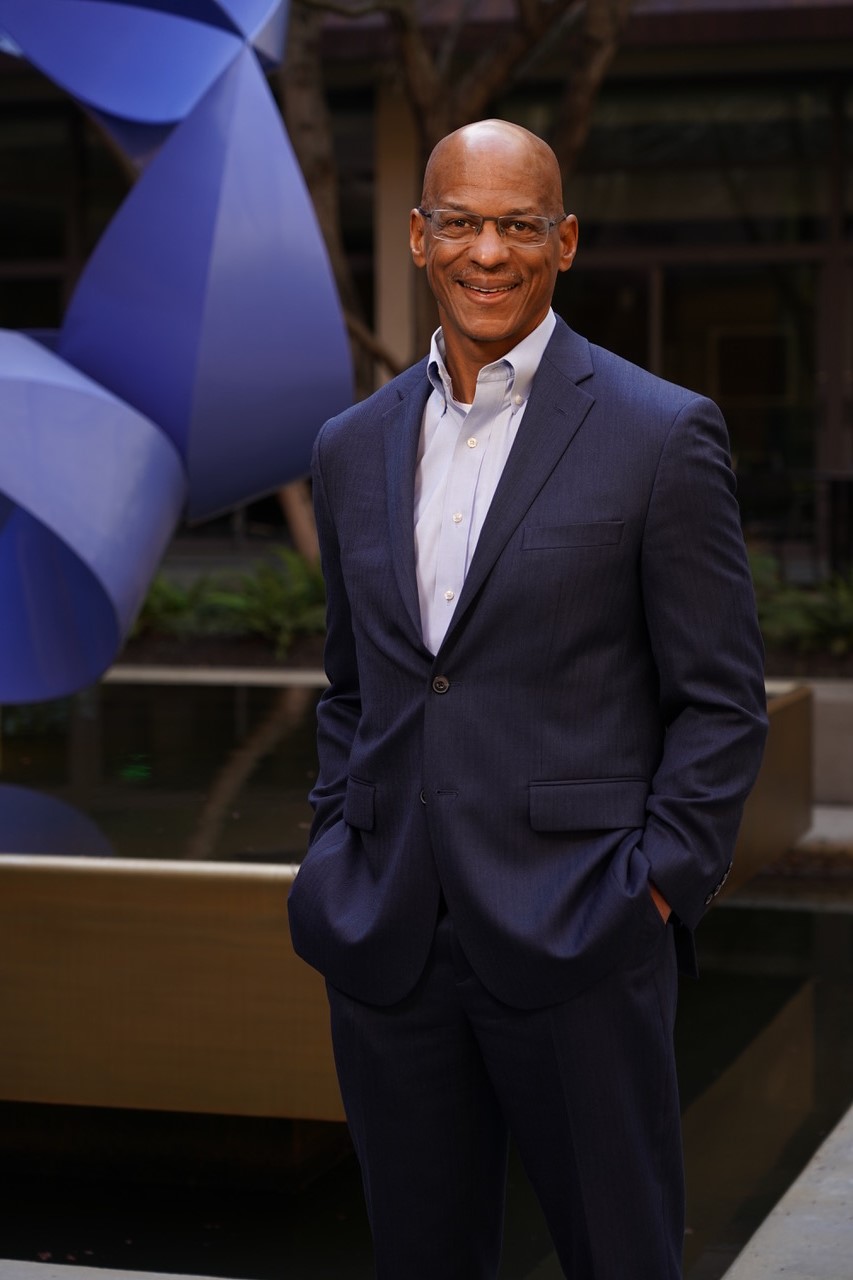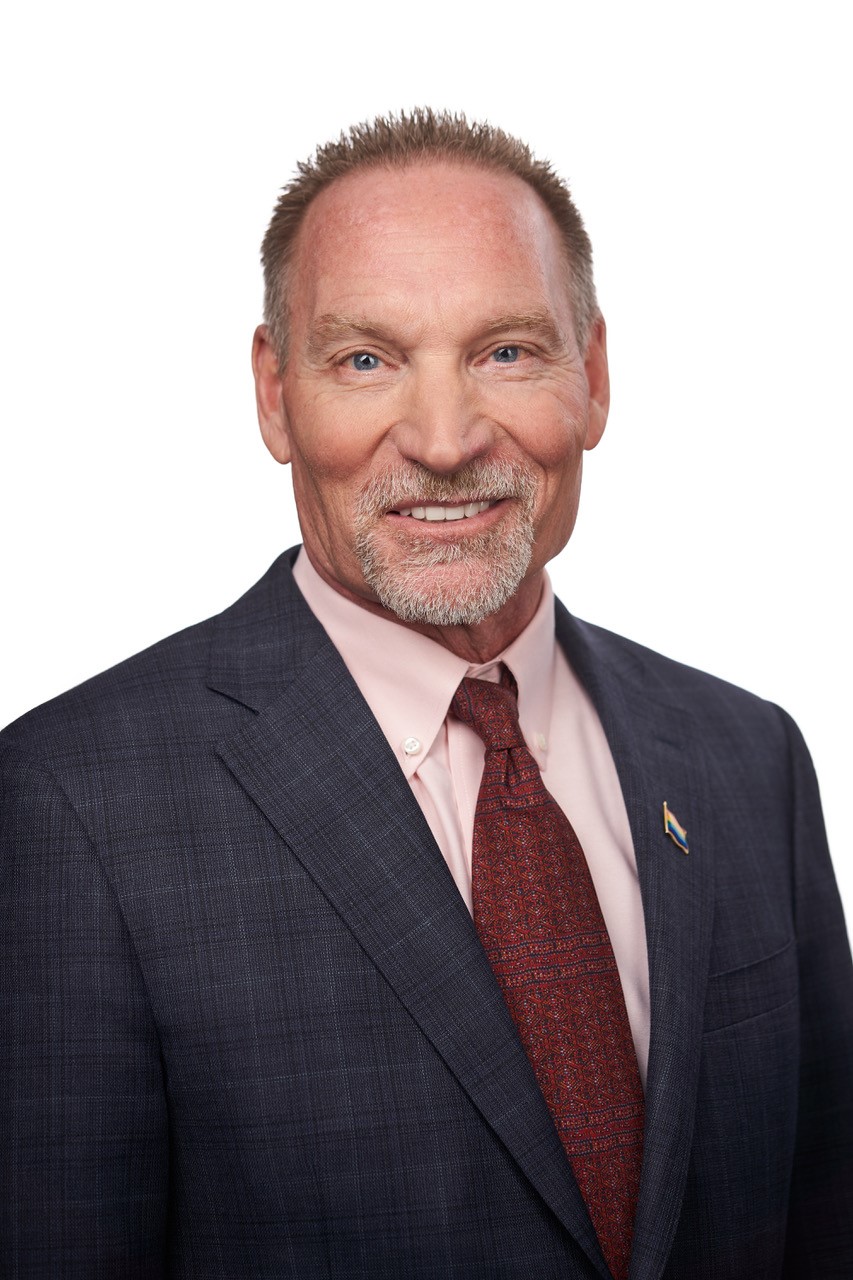I’ve worked in the energy sector for 15 years and, until recently, my managers have always been men who are exclusively white. Given the low percentage of women in the industry and considering there are very few people of color within the field, this is not surprising.
These men have been instrumental in my professional development and growth and – even if they don’t know it – have all helped me, as a black woman, feel “included” in an environment where no one else looked like me. Perhaps that might sound surprising to you as it goes against the usual narrative: to be black is one thing, but to be a black woman in a white man’s world is quite another. While I have been “lucky” in the support I have received, I understand only too well that this is the exception, not the rule.
Inclusivity is a key foundation to encouraging a diverse workforce. Equity ensures that everyone has access to the opportunities. This mix of diversity and opportunity drives innovation which, in turn, improves the bottom line.
A study by C3E International found that women make up 23 percent of all workers within the energy industry, with 18 percent in management positions. White employees also make up around 85 percent of the energy industry. It’s clear, as with my own experience, that it is white men who have the power to make positive changes that address this imbalance. They are uniquely placed to create an inclusive environment, if they so choose. Imagine having the luxury to “choose” whether you can have a diverse and inclusive workplace. For many women not at the helm of an organization that empowers them to initiate that change, positive impact is always, always, an uphill struggle.
I spoke to a few men in the energy industry to garner their thoughts on how they might improve inclusion, equity and diversity (DEI) – not just in this sector, but everywhere that has a disproportionate gender and racial imbalance.
“If one ignores the typing pool, before computers became common place, a project would be staffed by 99.99 percent white males and this has remained a fair constant throughout my working life,” comments Peter Flowers who has worked in the energy industry for 38 years as a lead electrical engineer managing teams of up to 40 before recently retiring. He acted as my mentor at the start of my career and has continued to guide me informally as I’ve progressed into more senior positions and onto other organizations. Flowers told me that he has never been involved in any diversity initiatives as, during his time, these issues were never on anyone’s radar and hence not addressed.
Gender diversity initiatives within organizations have only become commonplace in recent years. And, if we all look inwardly at our own companies, we can largely see how these initiatives are mainly initiated, run and attended by women.
Things are slowly changing. Chevron Corporation has actively encouraged men to get more involved, partnering with Catalyst on the Men Advocating Real Change (MARC) initiative, which aims to raise awareness of the barriers that women (and men) might face at work and then to partake in the conversation. Group conversations about gender and its impact on the workplace generates advice, insights and best practices.
So when I ask Flowers, my mentor, what might deter men from being involved in such initiatives, he said that with the constant pressure to deliver at work the last thing anyone wants to do is to take on more work. I reflected on that. I’ve been very active in gender diversity initiatives with my employers, but I have never regarded it as “work.”

Lee Jourdan is the chief diversity officer at Chevron, and we spoke about his involvement with MARC. He highlights that there are two ways in which to get more men involved in gender initiatives: either make them or create the demand. From his experience, the first intervention – making it mandatory – does not create any lasting positive impact.
As a woman, the incentive for me being involved in gender initiatives is more obvious. But for men, just like Flowers, it might be difficult to see what they might gain from it that is worth expending the effort.
Jourdan spoke about including diversity, equity and inclusion growth as part of annual reviews and ensuring that employees are mindful that increased awareness in this area is necessary for senior roles, therefore encouraging those interested in career progression to get involved. It’s key to remember that everyone is on their own diversity journey and not all at the same place. I like his microwave popcorn analogy: some kernels pop right at the very start. Some take some time to pop. Others don’t pop at all.

Dave Payne, vice president, Health, Safety and Environment (HSE) for Chevron, explains that “the MARC initiative has given people the tools and the courage to talk about subjects that just weren’t discussed [in the past]. It is a cultural change and we are having more talks about gender identity, race, age, etc. than we would ever have felt comfortable with before.”
Payne highlights the importance of feeling comfortable when speaking out. In a world where most people are scared to say the “wrong thing,” it’s an important step in encouraging more men to take part in difficult conversations around diversity, equity and inclusion.
While the MARC initiative is mixed gender, sessions were created for men to have separate meetings that felt like a “safe space” for them to express their thoughts without fear of judgment or reprimand. The goal? To create a workplace where every employee feels comfortable about being their authentic self; a place where people are empowered to speak up when they witness exclusionary behaviors.
Both Jourdan and Payne spoke of the importance of men becoming role models for diversity, equity and inclusion, articulating the message that gender inequality actually hurts men when it comes to their own careers.
According to research by BCG, of the companies examined whose male personnel were actively involved in gender diversity initiatives, 96 percent reported progress in achieving gender parity. Conversely, in companies where men were not involved in such initiatives, only 30 percent showed progress. There is an economic case for diversity, equity and inclusion, if one cannot see or identify with the moral argument for it.
So, what can organizations do to engage more white men in their DEI initiatives? Based on my discussions, the first steps are to create the demand for change using career incentives and by ensuring that these initiatives have personal accountability and credibility. That sense of personal investment is key to achieving impact. Secondly, there needs to be a safe space for difficult and awkward discussions to be aired, acknowledged and points of view mediated. A contained, judgement-free environment will facilitate difficult conversations about diversity, equity and inclusion, which is a fundamental step toward addressing what has become “the elephant in the room.” And, of course, we need more white male role models as bastions for change when it comes to diversity, equity and inclusion. Not only will they naturally mentor and advocate women negotiating a career ladder largely trod by white men, these role models will empower and inspire men to join a movement that mobilizes change that benefits all.
Kerrine Bryan is an electrical engineer from the U.K. and has worked in the energy industry for 16 years. She is the author of multiple children’s books, including My Mummy is an Engineer, addressing gender bias and misconceptions in various professions. Bryan lives in New York with her husband and two daughters and currently works in New York City as a lead power systems engineer for WSP USA. Photo courtesy of Tiffany Brown Photography.





